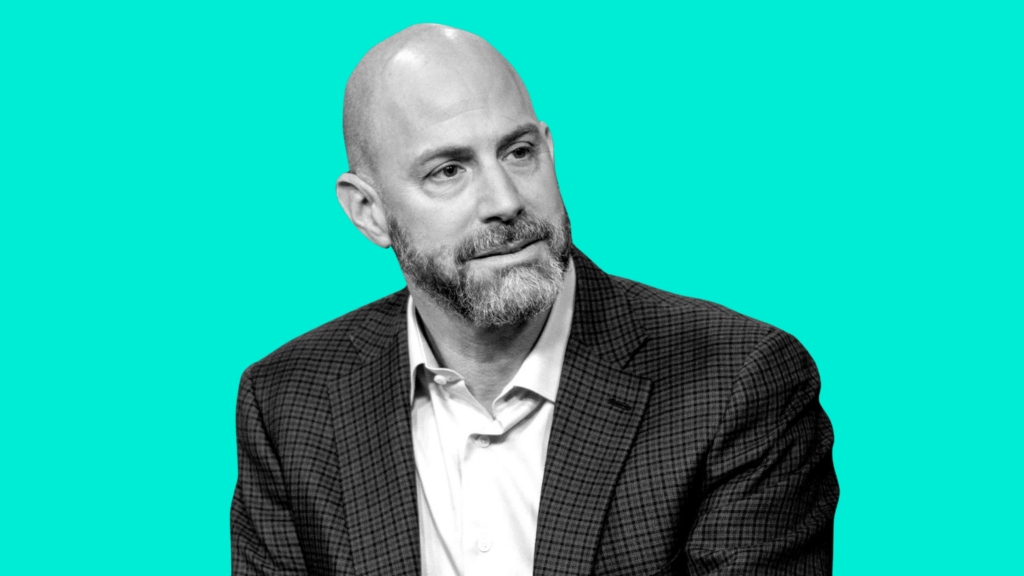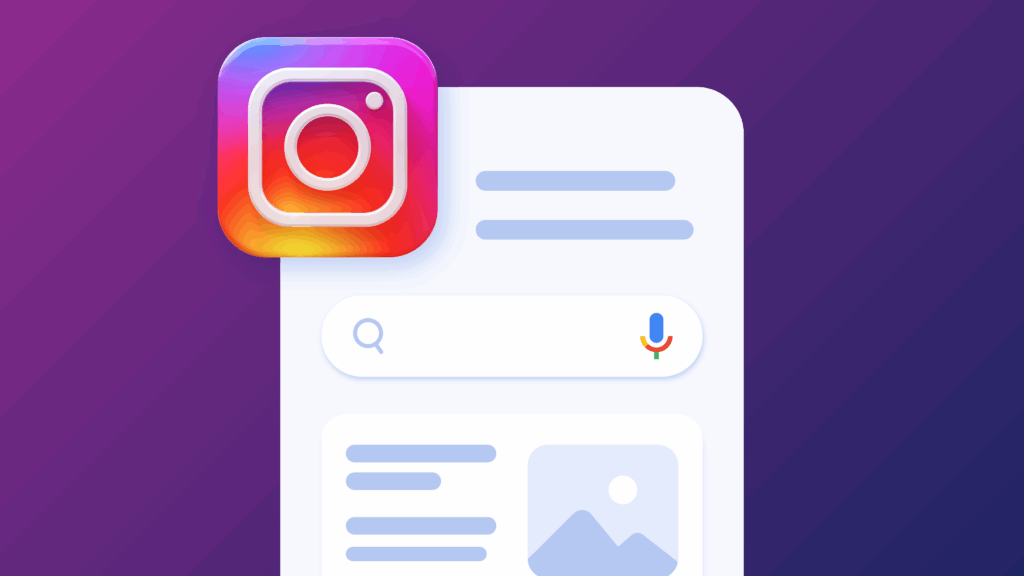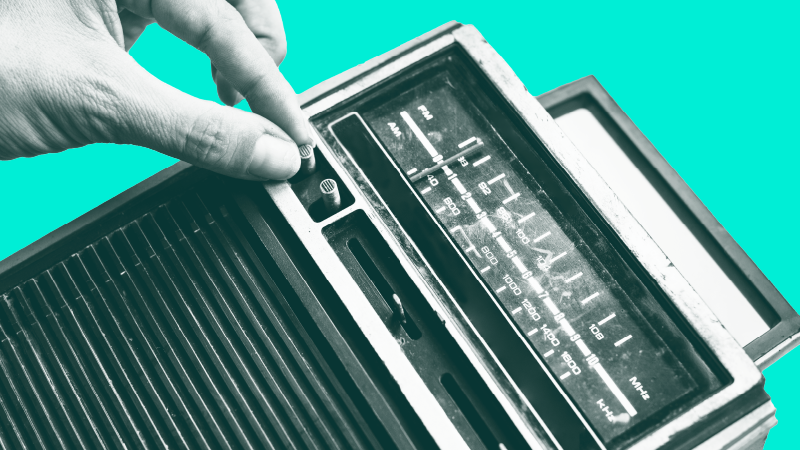In a world where AI is transforming every industry, I recently had the chance to hear Etsy’s CEO, Josh Silverman, share his insights about the evolving role of AI in creativity. What I learned from him was both eye-opening and inspiring, especially in the context of Etsy’s mission to “keep commerce human.” The conversation offered a fresh perspective on how AI technology can coexist with, and even enhance, human authenticity and creativity.
The Essence of Human Creativity
Etsy stands out in the e-commerce world for its focus on handmade, unique, and personal products. Silverman emphasised that buyers aren’t just shopping for items, they’re searching for connection and meaning. The appeal of Etsy lies in its promise that behind every product is a human story. Whether it’s a carefully knitted scarf or a curated piece of vintage jewelry, these items reflect someone’s skill, passion, and vision.
The value of these items isn’t just in their physical form. It’s in the thoughtfulness they convey making them perfect for meaningful gifts or unique additions to one’s home. This idea of human-centered creativity is central to Etsy’s mission and deeply resonates with buyers who seek something beyond the mass-produced.
The Role of AI in Creativity
When the conversation turned to AI, I found myself grappling with some fundamental questions: Can something still feel human if it was made with the help of a machine? Does using AI diminish the authenticity of art?
Silverman offered a fascinating perspective. He explained that Etsy views AI as a tool, much like a carpenter’s table saw or a digital artist’s iPad. It’s not the tool itself that defines the creativity of a piece, it’s how the tool is used. For example, generative AI (Gen AI) can help artists and designers create intricate designs or streamline their creative process, but the human input and intent behind the final product remain critical.
One example he used really stuck with me – electronic dance music (EDM). EDM is one of the most popular genres globally, and it’s essentially a collaboration between human creativity and computer-generated sounds. This partnership doesn’t make the music less authentic; instead, it opens new doors for innovation. Similarly, when a creator or graphic designer uses AI to produce unique art that reflects their vision, it doesn’t diminish the value, it simply expands what’s possible.
Why Human-Made Still Matters
One of the most compelling things I learned is why people still deeply care about human-made products. It’s not just nostalgia or a desire for tradition, it’s about connection. Silverman shared how Etsy buyers often seek out products that carry a sense of care and thoughtfulness.
For instance, during the war in Ukraine, Etsy saw a surge of buyers intentionally supporting Ukrainian sellers, purchasing everything from hand-embroidered items to digital downloads. This wasn’t about the products themselves; it was about the human connection behind them. People wanted to feel like their purchase made a difference and brought them closer to others in a time of crisis. This is why Etsy works hard to ensure that every item sold on the platform has a human story behind it, even when AI tools are part of the process.
Balancing AI and Authenticity
The discussion also touched on the challenges of maintaining Etsy’s standards in a world where AI can generate high-quality art in minutes. Silverman explained that Etsy’s updated policies now clarify what counts as human-made. For him, products must fall into one of four categories:
- Made By: Handmade items created by the seller, even with the assistance of tools like AI.
- Designed By: Products designed by the seller but produced with the help of partners or manufacturers.
- Sourced By: Vintage items or supplies that are handpicked by the seller.
- Curated By: Collections that represent the seller’s unique taste or perspective.
These guidelines ensure that buyers can trust the role of the creator in what they’re purchasing, even when technology is involved.
My Takeaway
What I learned from this conversation is that AI doesn’t have to replace human creativity, it can enhance it. The key lies in transparency and intention. AI can be a tool that allows creators, designers, and businesses to push boundaries and innovate, but the heart of any product should remain human.
Platforms like Etsy remind us that in a world increasingly shaped by algorithms and automation, the human story behind a product is what truly sets it apart. AI might change the tools we use and the way we work, but it can never replicate the spirit and authenticity that define us as people.
Hearing this perspective from Etsy’s founder gave me hope for the future of creativity – a future where technology and humanity coexist, enriching each other in meaningful ways.





